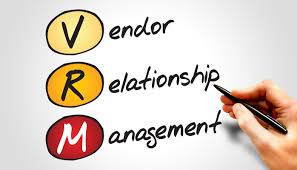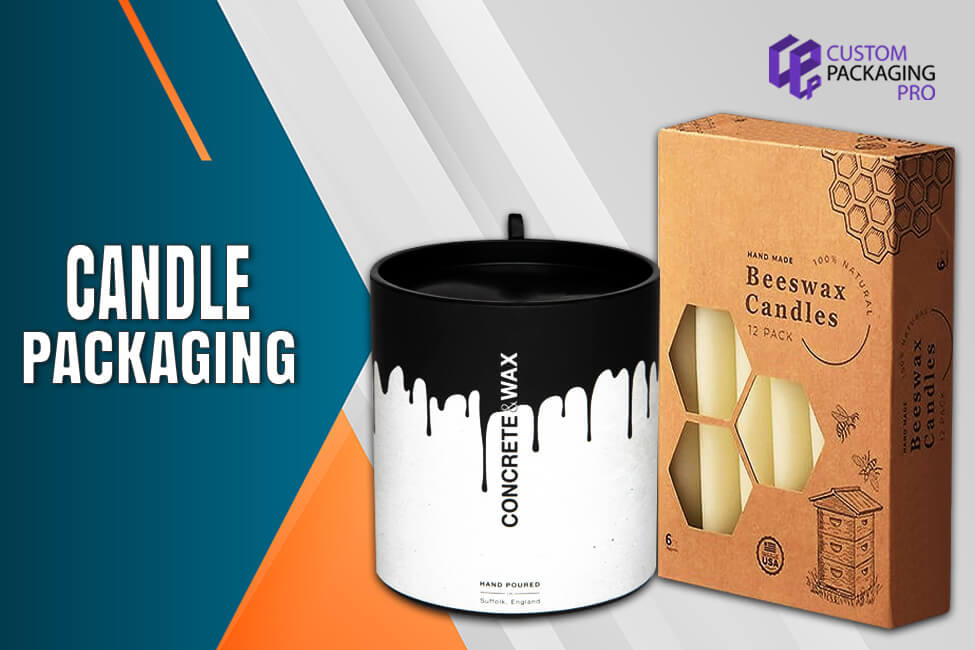A seamless vendor onboarding process is the cornerstone of effective supply chain management. By onboarding vendors efficiently, businesses can ensure compliance, foster trust, and set the stage for long-term partnerships. Implementing Best Practices in Vendor Management during the onboarding phase can lead to improved efficiency, cost savings, and strengthened relationships. This guide delves into the essential steps and strategies for creating a successful vendor onboarding process.
Why Vendor Onboarding Matters
Effective vendor onboarding is vital for several reasons:
- Streamlined Operations: Ensures vendors understand processes and meet expectations from the start.
- Compliance Assurance: Verifies that vendors adhere to legal and organizational requirements.
- Cost Efficiency: Reduces errors and delays, saving time and resources.
- Stronger Relationships: Builds trust and collaboration between businesses and vendors.
Steps to Build a Successful Vendor Onboarding Process
1. Define Clear Objectives
Begin by identifying the goals of your onboarding process. Whether it’s ensuring compliance, reducing risks, or improving communication, having clear objectives will guide your strategy.
2. Streamline Documentation
Compile all necessary documentation, including contracts, compliance forms, and tax information. Use digital tools to make the submission and review process faster and more efficient.
3. Verify Vendor Credentials
Conduct thorough checks to ensure vendors meet your standards. This may include background checks, certifications, and financial assessments.
4. Provide Comprehensive Training
Educate vendors about your company’s processes, expectations, and tools. Offer training sessions or resource materials to facilitate smooth onboarding.
5. Implement Technology
Use vendor management systems (VMS) to automate and track the onboarding process. This ensures consistency and provides real-time updates.
6. Establish Communication Channels
Create open and accessible communication channels to address questions and provide support. Regular check-ins during the onboarding phase help resolve issues quickly.
7. Monitor Progress
Track the vendor’s onboarding progress against set milestones. Identify bottlenecks and address them promptly to keep the process on track.
Challenges in Vendor Onboarding
1. Inconsistent Processes
Different teams handling onboarding can lead to inconsistencies. Standardize procedures to maintain uniformity.
2. Data Management Issues
Manual processes can result in errors and inefficiencies. Leverage digital tools to manage vendor data effectively.
3. Resistance to Change
Vendors may be hesitant to adapt to new systems. Address this by highlighting the benefits and providing necessary support.
Best Practices for Vendor Onboarding
- Centralize Information: Use a centralized system to store and manage vendor data.
- Set Clear Expectations: Clearly outline responsibilities, deadlines, and performance metrics.
- Foster Collaboration: Involve key stakeholders in the onboarding process for better alignment.
- Continuous Feedback: Collect feedback from vendors to improve your onboarding process over time.
- Compliance Tracking: Regularly review vendor compliance with legal and contractual requirements.
Case Studies: Successful Vendor Onboarding
Example 1: E-Commerce Platform
An e-commerce company streamlined its vendor onboarding by implementing a VMS, reducing the onboarding time by 50% and improving vendor satisfaction.
Example 2: Manufacturing Firm
A manufacturing firm developed a comprehensive training program for new vendors, resulting in fewer errors and a 20% increase in efficiency.
\
The Role of Technology in Vendor Onboarding
Technology plays a pivotal role in simplifying vendor onboarding. Key tools include:
- Vendor Management Systems: Automate documentation, compliance checks, and performance tracking.
- Collaboration Platforms: Facilitate communication and resource sharing.
- Analytics Tools: Provide insights into onboarding progress and vendor performance.
By leveraging these technologies, businesses can create a streamlined and effective onboarding process.
Conclusion
A well-executed vendor onboarding process sets the foundation for successful partnerships. By defining objectives, leveraging technology, and fostering collaboration, businesses can ensure their vendors are aligned with organizational goals. For companies seeking expert guidance in optimizing their vendor management practices, partnering with St. Croix Holdings in USA can provide tailored solutions and valuable insights. Building a successful vendor onboarding process is not just about efficiency; it’s about creating lasting partnerships that drive mutual success.
Also Read
- ► How to Safely Dispose of Your Car’s Old Oil
- ► The Importance of Tire Rotation and Proper Inflation
- ► How to Check Your Car’s Suspension System for Problems
- ► How to Know When It’s Time to Replace Your Car’s Clutch
- ► Essential Car Maintenance Tips for First-Time Car Owners
- ► Balenciaga: The Iconic Luxury Fashion Brand That Redefines Style
- ► Travis Scott and Trapstar: The Kings of Street Style
- ► Travis Scott and Trapstar: The Kings of Street Style
- ► Essentials: A Comprehensive Guide to What You Truly Need in Life
- ► The Essentials Hoodie: A Comfortable and Stylish Wardrobe Essential
- ► Bold Moves: The Trapstar and CDG Converse Connection
- ► The Future of Luxury Content Creation: Inside Billionaire Studios.
- ► Cash For Cars NSW in Sydney can assist You Get Cash for Your Unwanted Car
- ► Comfort Meets Style: The Essentials Hoodie
- ► Chandigarh Manali honeymoon: Things to Know Before Visit





